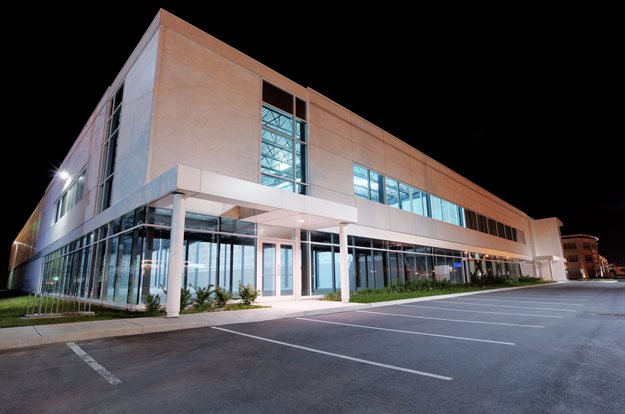Given the weak state of many local governments' finances, it is likely that council rates and taxes, and municipal charges components of property operating costs will be a key property "theme" again in 2020.

Image source: Gallo/Getty
While high rates and taxes bills can be an opportunity to attract investment for those well-run councils, who can offer relatively good value for money with regard to municipal costs versus service quality, overall this cost component incentivises the more effective use of space, and possibly increased use of lower value space.
While much of the public attention has been focused on electricity supply, Eskom, and rising electricity costs, the “quieter”, but steadily mounting, commercial property operating cost challenge has emanated from rates and tariffs, and municipal charges.
These rising cost components, along with rising electricity tariffs, over the years have all merely been a reflection of the deterioration in broader government finance, “broader government” including not only national government and provinces, but local governments and state owned enterprises too.
While each council sets its own rates increases, a look at the country-wide CPI (Consumer Price Index) inflation rate for “Water and Other Services”, which includes municipal rates and non-electricity utility tariffs, shows consistent above-CPI inflation increase in this CPI component over some years.
And we would not expect 2020 to be different in this regard.
Opportunity for less financially pressured councils
There does exist a relative opportunity for strong local governments to attract business investments and skilled individuals to their region by offering better "value for money” in terms of the service levels received for the rates and taxes money paid.
Some years ago, councils such as the City of Cape Town appeared to create such a perception, and this in part contributed to a significant migration of high income skilled individuals and businesses to that region, from other parts of SA.
But on a national basis this cost component makes it tougher for commercial property.
However, on a national average basis, rising rates, taxes and charges from councils add to the tough operating environment that business and the commercial property Sector finds itself in, with the tenant population increasingly constrained in a weak economy.
Total council rates, taxes and charges costs/square metre have risen by a cumulative 559% from 2000 to 2018, according to MSCI operating cost data. By comparison, economy-wide inflation, as measured by the GDP deflator, was a far lesser 220.2% over this period.
This rise has translated into total municipal rates, taxes and charges rising from 21.8% of all property operating cost/square metre in the year 2000 to 32.4% by the first half of 2019. This cost component has also risen from 7.5% of gross income/square metre in 2000 to 11.4% by the first half of 2019.
It is the high value retail property sector which experiences the highest rates, taxes and charges costs, having amounted to R30/square metre/month as at the first half of 2019, followed by office space on R20.70/square metre/month and industrial on R6.80/square metre/month.
Conclusion
It is unlikely that above-inflation increases in municipal rates, taxes and charges will come to an end in the near term, given the weak state of local government finances in many districts of the country.
As in the case of spiraling electricity tariffs, these cost increases must also have potential consequences for the way businesses look at utilisation of space.
There can be a possible incentive to, in certain cases, locate a business based on perceptions surrounding a different councils’ rates and taxes levels versus service delivery quality, and indeed we suspect this may have played a role in certain Western Cape councils having benefited from migrations of skills, wealth and businesses from other parts of SA over the past decade or two.
But within districts, similar to electricity costs, municipal and other utilities costs can incentivise more effective use of space, through greater use of e-commerce in the case of expensive retail space, increased working remotely utilising technology in the case of office space, or a shift in demand towards cheaper categories of space within a sector.












































